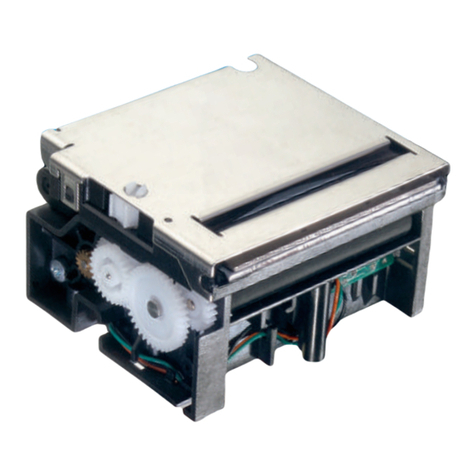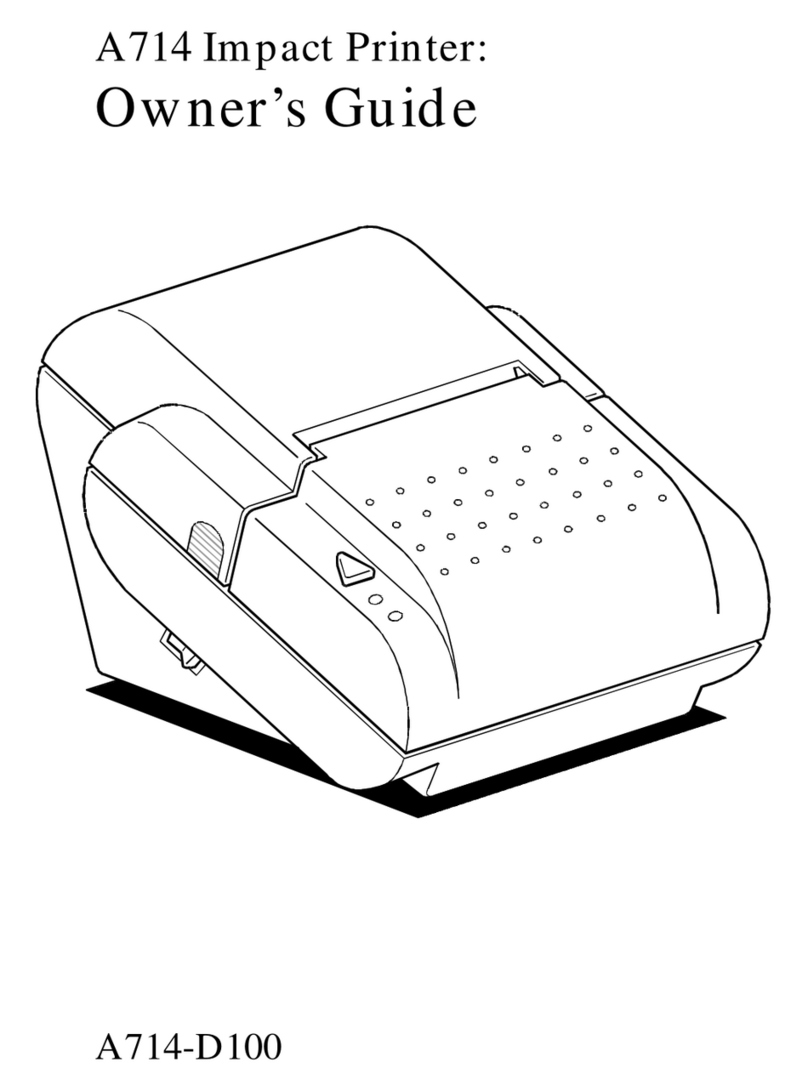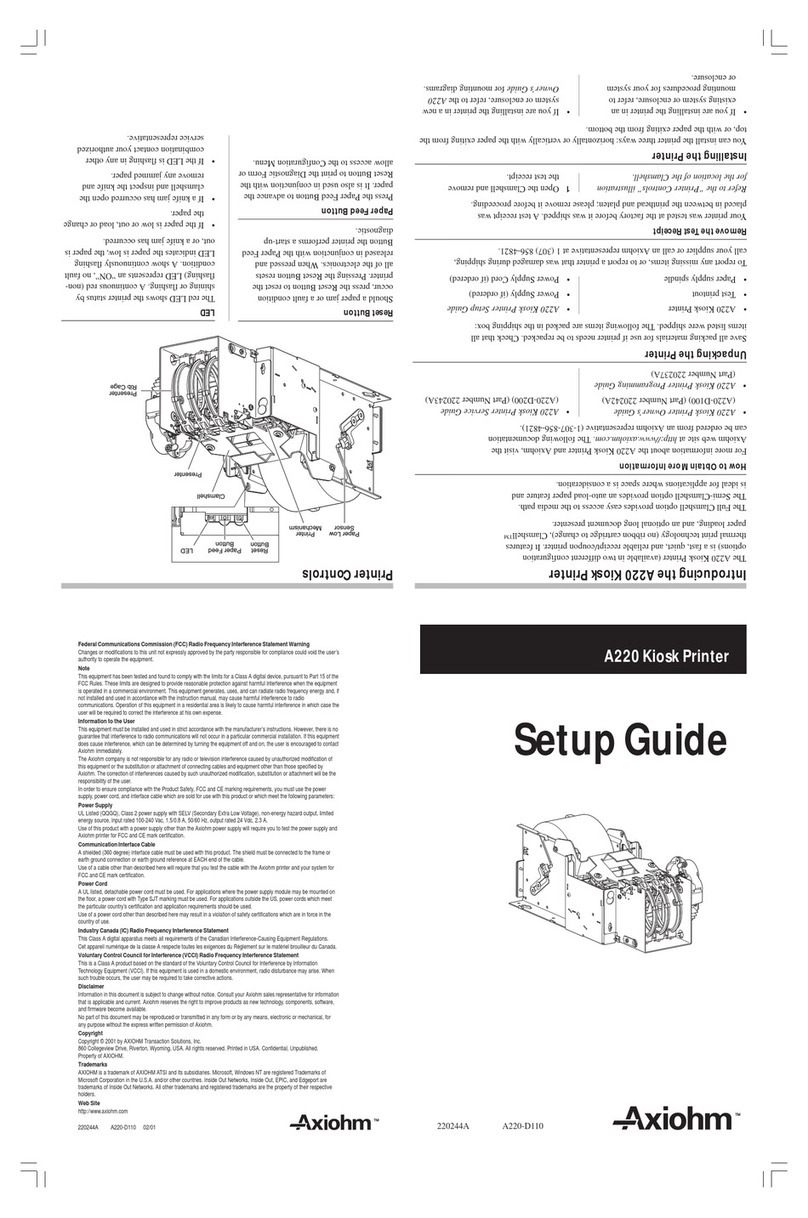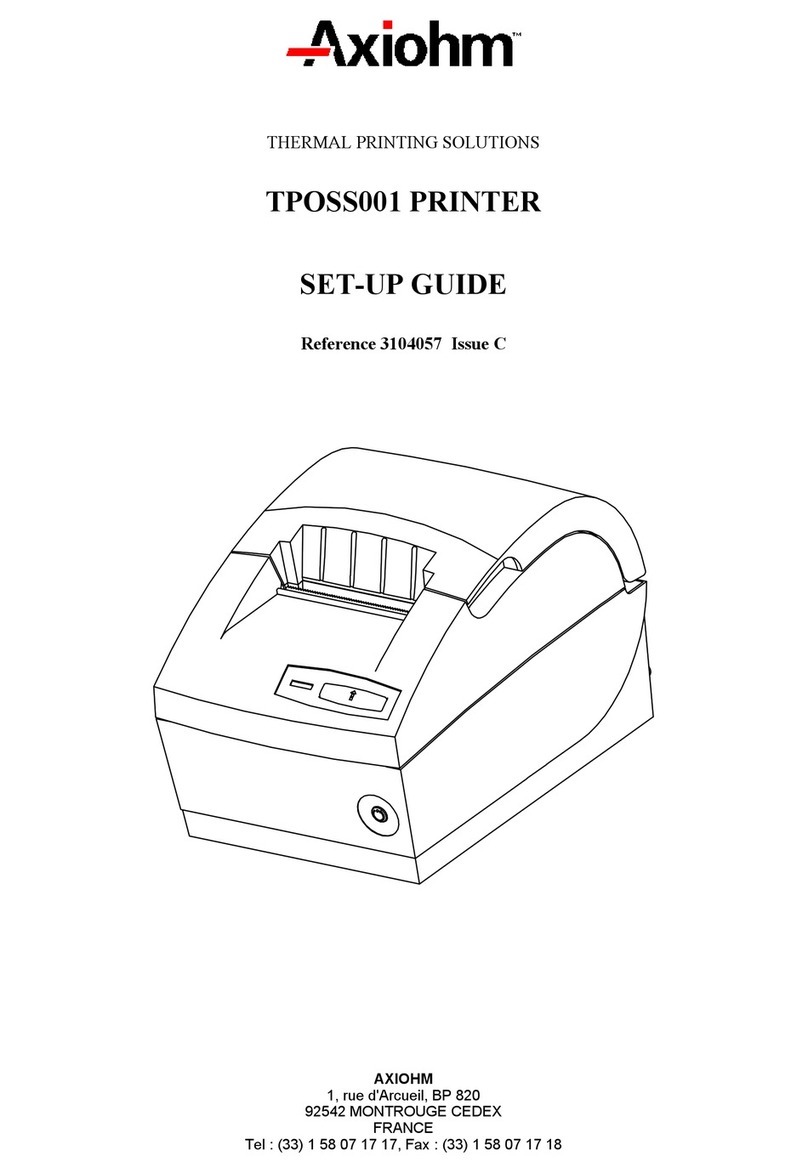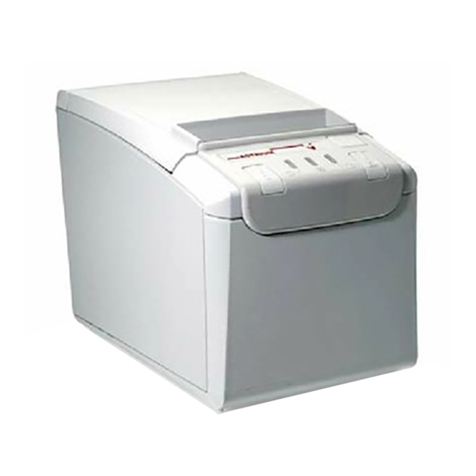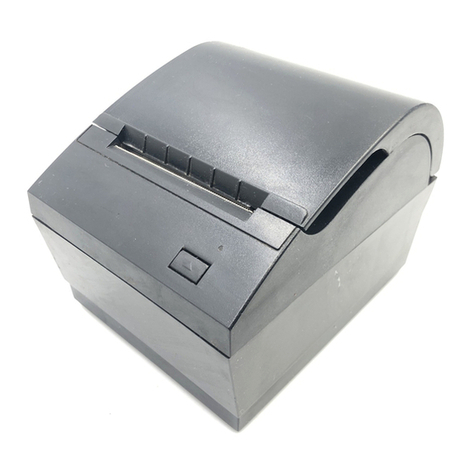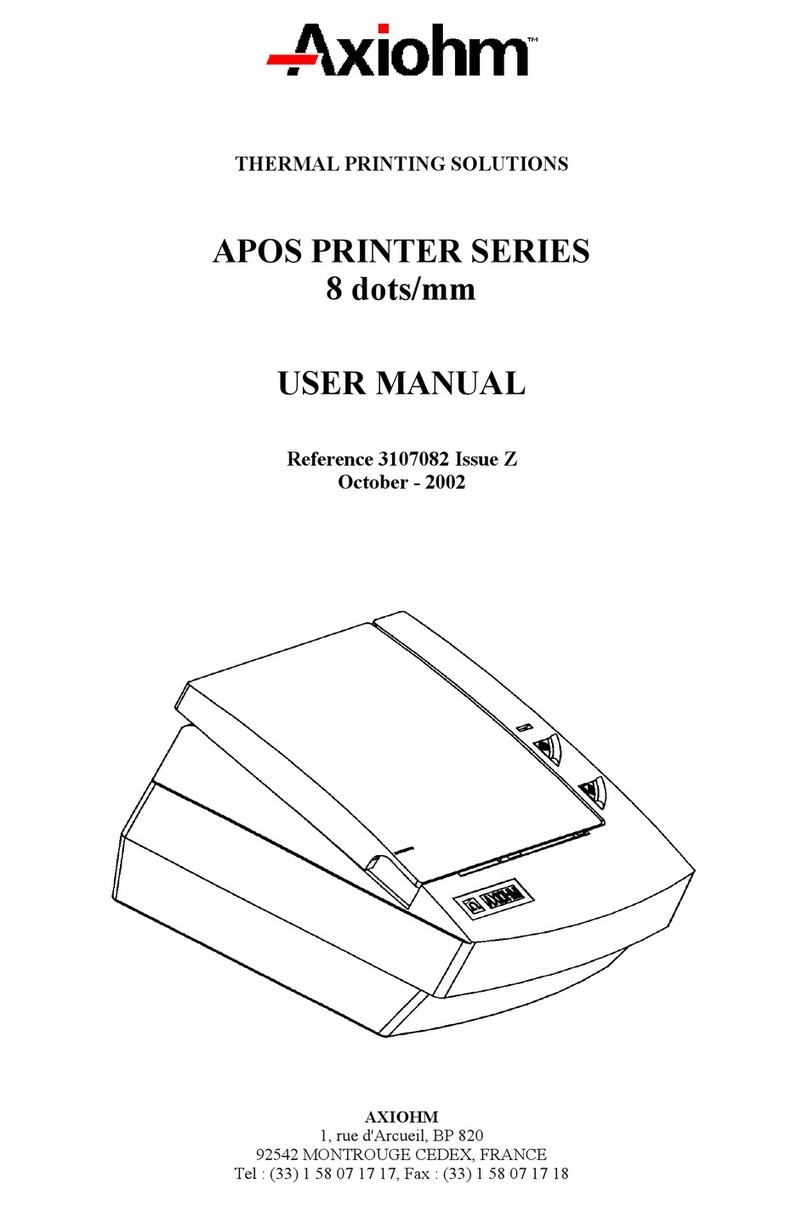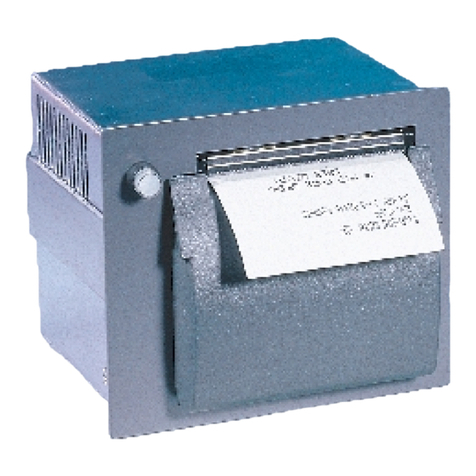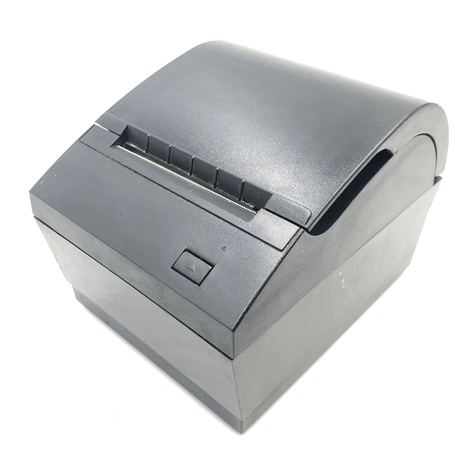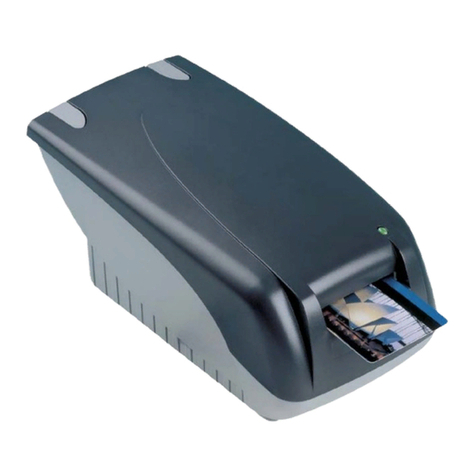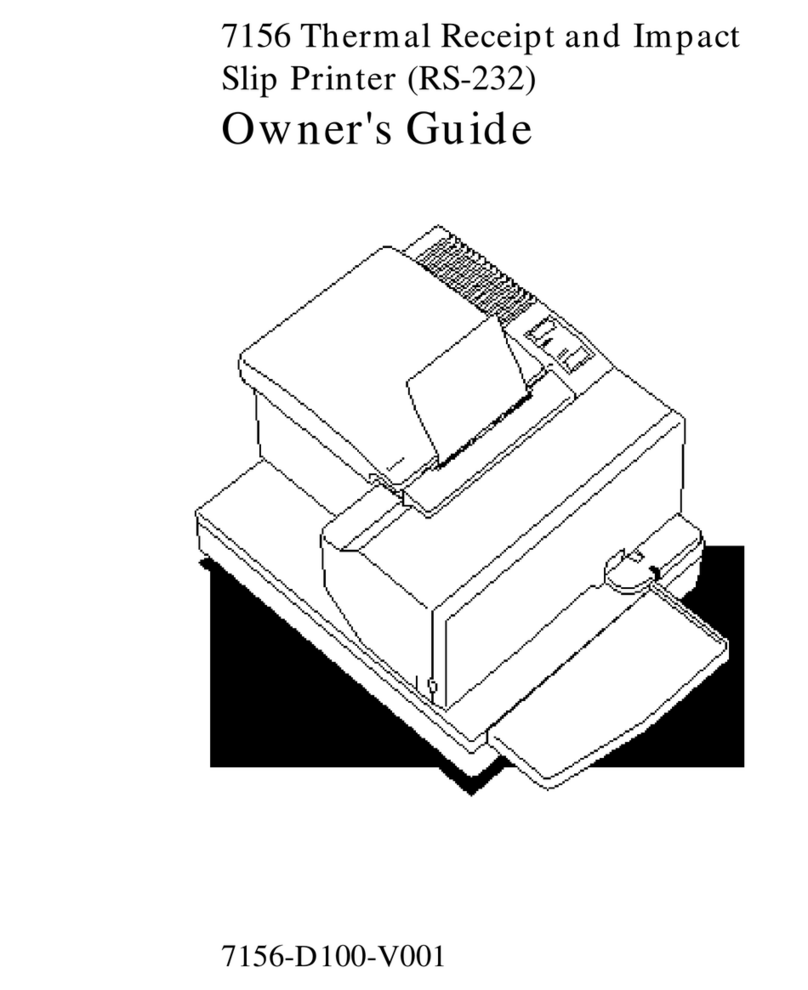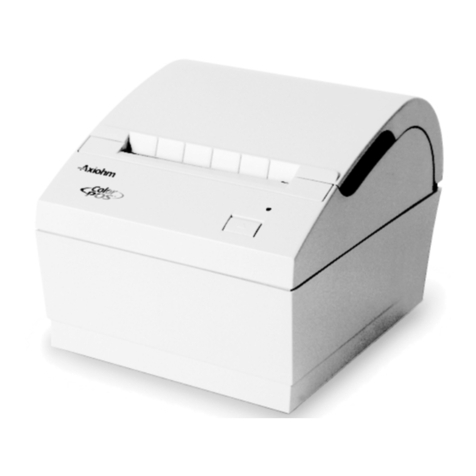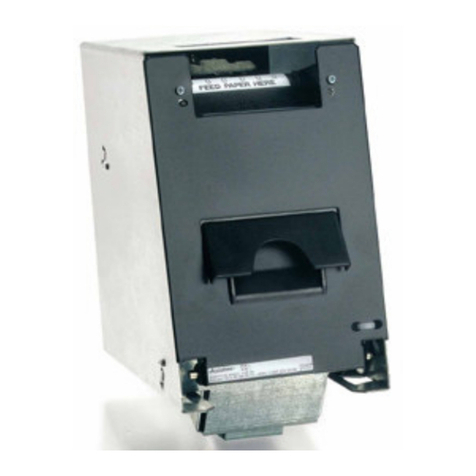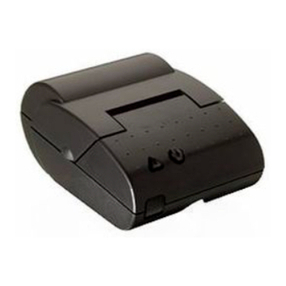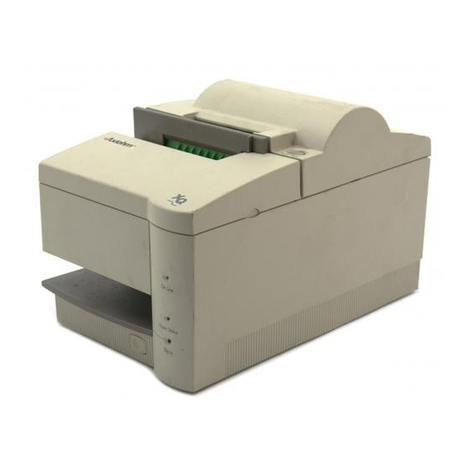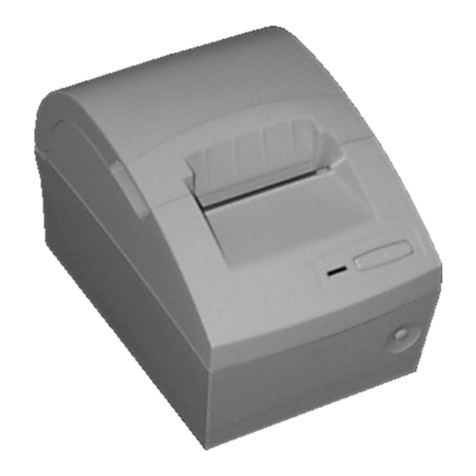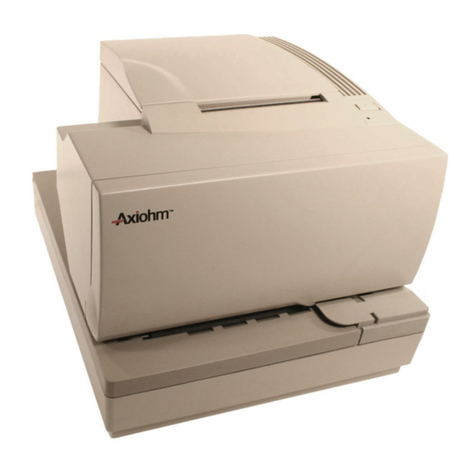
THTN series User's Manual page 3 / 25 Ref : FDE – 3106531 - Z
CONTENTS
1. UNPACKING............................................................................................................................................................4
2. OVERVIEW..............................................................................................................................................................4
3. MECHANICAL SPECIFICATIONS......................................................................................................................6
3.1 EXTERNAL DIMENSIONS.......................................................................................................................................6
3.2 FIXING ELEMENTS................................................................................................................................................6
3.3 CHASSIS MOUNTING .............................................................................................................................................6
3.4 COVER SWITCH POSITION .....................................................................................................................................6
3.5 COVER AXIS POSITION ..........................................................................................................................................7
3.6 USEFUL DISTANCES..............................................................................................................................................7
4. ELECTRICAL SPECIFICATIONS........................................................................................................................8
4.1 NOMINAL POWER SUPPLY ....................................................................................................................................8
4.2 NOMINAL CONSUMPTION OF PRINTER...................................................................................................................8
4.3 DESCRIPTION OF PRINT-HEAD...............................................................................................................................8
4.3.1 Function of 64-BIT LSI drivers chart and operation..................................................................................9
4.3.2 Electrical specifications of 64-bits LSI driver...........................................................................................11
4.3.3 Print-head connection...............................................................................................................................13
4.4 BIPOLAR STEPPING MOTOR.................................................................................................................................14
4.4.1 Characteristics..........................................................................................................................................14
4.4.2 Motor connection......................................................................................................................................14
4.4.3 Induction sequence and timing (paper feed).............................................................................................15
4.4.4 Printing mode : .........................................................................................................................................15
4.5 SENSORS SPECIFICATIONS...................................................................................................................................16
4.5.1 Cover detection micro-switch....................................................................................................................16
4.5.2 End of paper opto-sensor..........................................................................................................................16
4.5.3 Recommended use for Opto-sensor...........................................................................................................17
5. PRINTER CONTROL TECHNIQUES ................................................................................................................18
5.1 MODE 1..............................................................................................................................................................18
5.2 MODE 2..............................................................................................................................................................19
5.3 MODE 3..............................................................................................................................................................20
6. RECOMMENDATIONS........................................................................................................................................21
6.1 MECHANICAL RECOMMENDATIONS ...................................................................................................................21
6.2 ELECTRICAL RECOMMENDATIONS .....................................................................................................................21
6.3 MOTOR DRIVING RECOMMENDATIONS ..............................................................................................................21
7. HEATING TIME....................................................................................................................................................22
7.1 HISTORICAL CONTROL .......................................................................................................................................22
7.2 HEATING TABLE.................................................................................................................................................23
7.3 THERMISTOR SPECIFICATIONS............................................................................................................................24
8. INDEX......................................................................................................................................................................25
